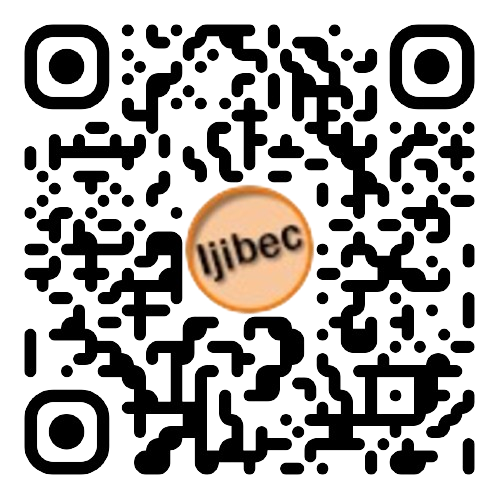Analysis of the Transmission of Conventional and Islamic Monetary Policy: Study on Inflation and Economic Growth
DOI:
https://doi.org/10.28918/ijibec.v6i2.5970Keywords:
Monetary Policy, Inflation, Gross Domestic Product, VECMAbstract
The empirical research aims to analyze the transmission of conventional and sharia monetary policies to inflation (CPI) and economic growth (GDP) using the SBI, PUAB, SBIS, and PUAS instruments from 2002 to 2020. This study applies the VAR/VECM approach to the E Views program. Based on the analysis, several findings were obtained: first, in the short-term and long-term, CPI is influenced by all variables in the conventional and sharia channels, except PUAS, which has no effect in the short term. Meanwhile, GDP is also influenced by all variables in the conventional channel and sharia channel, except for the SBIS and PUAB variables which have no effect in the long term. Second, in the IRF analysis, the variables of SBI, PUAB, and SBIS were responded negatively by the CPI, while PUAS responded positively. The variables PUAB, SBIS, and PUAS, responded positively to GDP, while GDP responded negatively. Third, from the results of the FEVD analysis, the conventional channel variable has a more significant contribution to influencing inflation (CPI) than the sharia channel variable. Meanwhile, the sharia channel variable contributes more to economic growth (GDP) than the conventional channel variable. The results of this study provide valuable new insights into the implementation of dual monetary policy on inflation and economic growth.

















